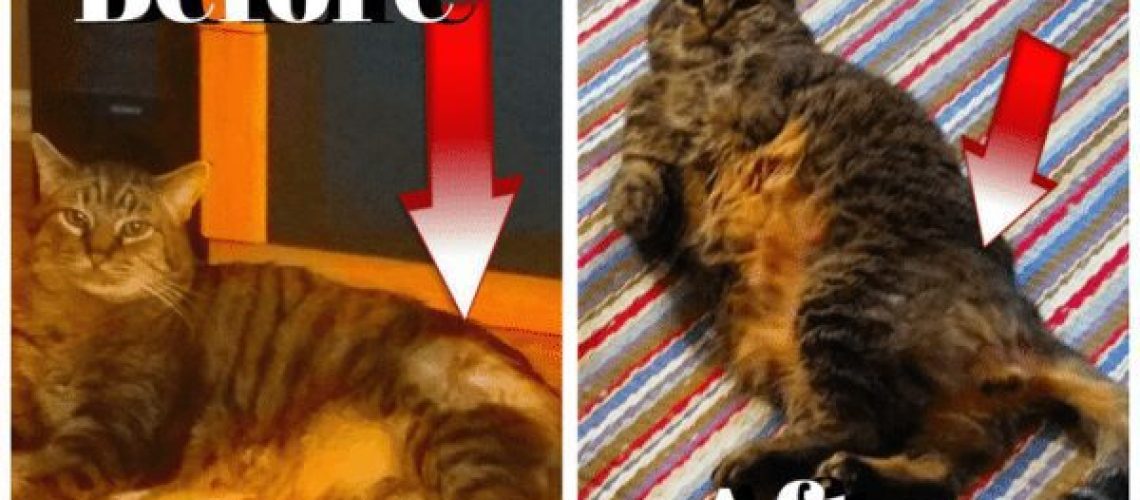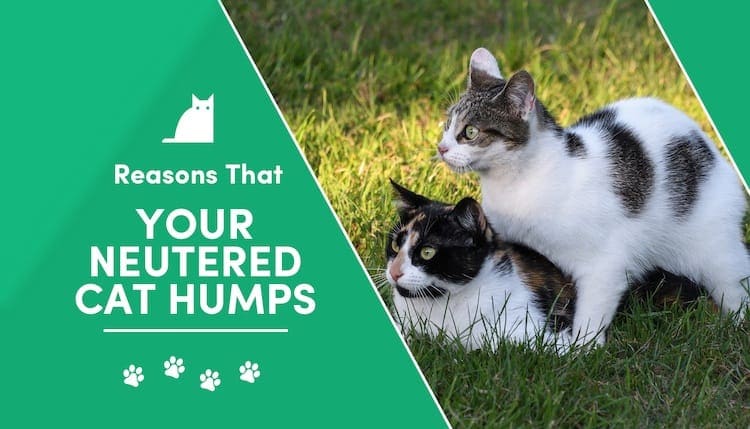Are you a cat lover? Do you find yourself fascinated by their quirky behaviors and mysterious ways? Well, get ready to dive even deeper into the feline world because today we're exploring a topic that goes beyond your typical cat quirks. We're talking about Feline Hyperesthesia - a condition that affects our furry friends in ways you never knew existed. But why should you care about this seemingly obscure topic? Because understanding Feline Hyperesthesia can not only help you better understand your cat's behavior but also ensure their overall well-being. So, let's unravel the secrets behind this intriguing condition and discover how it can enhance your bond with your beloved feline companion. Get ready to be amazed by the hidden world of Feline Hyperesthesia!
Key Takeaways:
- Feline hyperesthesia is a neurological disorder that affects cats, causing them to exhibit unusual behaviors and sensitivities.
- Common symptoms of feline hyperesthesia include excessive grooming, tail chasing, and sudden episodes of aggression or fear.
- Veterinary intervention is necessary to diagnose and manage feline hyperesthesia, as it can be mistaken for other conditions or behavioral issues.
- Treatment options for feline hyperesthesia may include medication, behavior modification techniques, and environmental changes to reduce stress.
- Early detection and proper management can greatly improve the quality of life for cats with feline hyperesthesia.
Understanding Feline Hyperesthesia: A Condition that Affects Cats
Feline hyperesthesia is a condition that affects cats, causing them to experience abnormal sensations in their skin. It is also known as "rolling skin syndrome" or "twitchy cat syndrome." When a cat has feline hyperesthesia, they may exhibit unusual behaviors such as excessive grooming, tail chasing, and biting at their own skin. These behaviors can be distressing for both the cat and their owner.
The exact cause of feline hyperesthesia is unknown, but it is believed to be related to a combination of genetic and environmental factors. Some cats may be more prone to developing this condition due to their breed or family history. Stress and anxiety can also trigger episodes of feline hyperesthesia in cats.
Recognizing Signs of Feline Hyperesthesia in Your Cat
If you suspect that your cat may have feline hyperesthesia, there are certain signs to look out for. One common sign is when your cat suddenly starts twitching or rippling their skin, especially along the back or tail area. They may also exhibit excessive grooming behavior, often focusing on one particular area of their body.
Other signs of feline hyperesthesia include aggressive behavior towards themselves or others, such as biting or scratching. Cats with this condition may also become overly sensitive to touch and may react negatively when touched in certain areas.
How Veterinarians Diagnose Feline Hyperesthesia in Cats
If you notice any signs of feline hyperesthesia in your cat, it's important to consult with a veterinarian for an accurate diagnosis. The vet will perform a thorough physical examination and review your cat's medical history. They will also ask about any recent changes in your cat's behavior or environment.
In some cases, additional tests may be conducted to rule out other possible causes of the symptoms. These tests may include blood work, skin scrapings, or imaging studies. Once a diagnosis of feline hyperesthesia is confirmed, the veterinarian can work with you to develop a treatment plan tailored to your cat's specific needs.
Cat Breeds Prone to Developing Feline Hyperesthesia
While feline hyperesthesia can occur in any breed of cat, certain breeds are more prone to developing this condition. Siamese cats and other Oriental breeds have been found to have a higher incidence of feline hyperesthesia. These breeds often have a genetic predisposition to the condition.
Other factors that may increase the likelihood of developing feline hyperesthesia include a history of seizures or other neurological disorders in the cat's family. It's important for owners of these breeds to be aware of the signs and symptoms of feline hyperesthesia and seek veterinary care if necessary.
The Role of Stress and Anxiety in Triggering Feline Hyperesthesia Episodes in Cats
Stress and anxiety can play a significant role in triggering episodes of feline hyperesthesia in cats. Cats are sensitive creatures, and changes in their environment or routine can cause them stress. This stress can manifest as excessive grooming, aggressive behavior, or even physical symptoms such as twitching skin.
To help manage feline hyperesthesia, it is important for cat owners to create a calm and stable environment for their pets. This may involve providing plenty of hiding places for the cat, maintaining a consistent routine, and minimizing exposure to potential stressors such as loud noises or unfamiliar animals.
Treatment Options for Managing Feline Hyperesthesia in Cats
There is no cure for feline hyperesthesia, but there are various treatment options available to help manage the condition and improve the cat's quality of life. Medications such as anti-anxiety drugs or anticonvulsants may be prescribed by a veterinarian to help reduce symptoms.
In addition to medication, behavioral modifications can also be beneficial in managing feline hyperesthesia. This may include providing environmental enrichment, such as interactive toys or puzzle feeders, to keep the cat mentally stimulated. Regular play sessions and positive reinforcement training can also help redirect their focus away from self-harming behaviors.
Promoting a Happy and Comfortable Life for Cats with Feline Hyperesthesia through Proper Care
Cats with feline hyperesthesia require special care to ensure they have a happy and comfortable life. It is important to create a safe and stress-free environment for them, with plenty of opportunities for mental stimulation and physical exercise.
Regular veterinary check-ups are essential to monitor the cat's condition and adjust treatment if necessary. It's also important to provide a balanced diet that meets their nutritional needs and maintain good grooming practices to keep their skin healthy.
By understanding the signs, causes, and management strategies for feline hyperesthesia, cat owners can provide the best possible care for their furry friends and improve their overall well-being.
In conclusion, feline hyperesthesia is not just a quirky behavior in cats, but a real medical condition that can cause discomfort and distress. It's important for cat owners to be aware of its symptoms and seek proper veterinary care to ensure their furry friends' well-being.
What mimics feline hyperesthesia?
Rather than being a straightforward diagnosis, veterinarians determine it by ruling out other potential causes that may exhibit similar symptoms. These potential causes include orthopedic issues (such as arthritis), a spinal problem, allergic reactions to flea bites, seizures, spinal cord problems, and food allergies.
What is atypical feline hyperesthesia?
Cats have a unique tendency to develop a rare disorder known as hyperesthesia, which is characterized by an unusual sensitivity of the skin. This condition is also referred to as neuritis, atypical neurodermatitis, rippling or rolling skin syndrome, or twitchy cat syndrome.
Does feline hyperesthesia get worse?
While FHS does not typically worsen over time, it can still put cats at risk for infections as they scratch and bite at their own skin.
How long does an episode of feline hyperesthesia last?
Episodes of this condition can range from a few seconds to a few minutes in duration. Some cats may exhibit signs of pain when touched, particularly in the lower back area. Cats with less severe symptoms may engage in excessive licking or biting of their own bodies, resulting in shortened hair or bald patches.
What is the difference between hyperesthesia and neuropathy?
Hyperesthesia is typically the result of a condition known as peripheral nerve disorder or peripheral neuropathy. The peripheral nervous system consists of all the nerves outside the brain and spinal cord. Peripheral neuropathy occurs when these nerves are damaged or affected by disease.
What is neurological FIP in cats?
Cats that have neurological FIP may experience lasting damage to their brain and/or spinal cord, leading to permanent disabilities. These disabilities can range from mild to severe incoordination, changes in behavior, and dementia. The most problematic disabilities occur when the spinal cord is affected.

















